Bernstein’s Serenade after Plato’s ‘Symposium’ may not be an immediately recognisable piece of the violin repertoire. James Ehnes shares how the work has multiple access points that are a reflection of the multifaceted composer, ahead of performances with the Toronto Symphony Orchestra
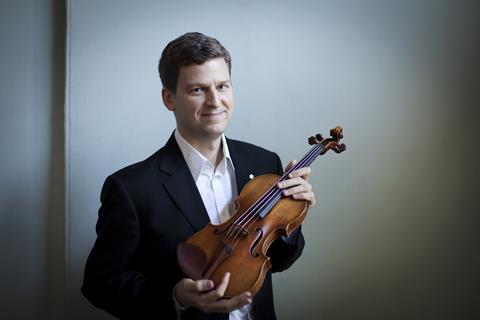
Discover more Featured Stories like this in The Strad Playing Hub
When did you first come across Bernstein’s Serenade?
I’d heard Shlomo Mintz play it with the Winnipeg Symphony when I was in my early teens. I was fascinated by the piece and kept meaning to dive deeper into the work, but I never did until I was in my early 20s. I thought, I’m never going to properly come to terms with this piece unless I make the effort to really do it. So, I took it along to play at a gig and right from the opening of the work, I thought, ‘How have I lived so much of my life without playing this piece?’ – all this at the ripe old age of 23! It’s a unique piece in the repertoire, certainly from a compositional standpoint.
How does Bernstein lay his unique ‘fingerprint’ on this work?
Everything about this piece is just a little bit weird. It’s not a concerto, it’s not an ensemble piece exactly, but the violin definitely fills a solo role. Bernstein was a fascinating character and it’s useful to think of the piece as a reflection of himself. He didn’t write a violin concerto – he didn’t really write concerti. Instead, he wrote this Serenade which, like him, explores everything from the most intellectual to the most basic. It’s a piece that is ostensibly about the nature and qualities of love that degenerates into a raucous, drunken party. This comes from a composer that was always going to be the smartest guy in the room and simultaneously the most fun guy in the room. Sometimes one hears a certain struggle in his music, as Bernstein was someone with such eclectic tastes, with so many artistic values that are sometimes in great contrast.
With this piece, you can dive as intellectually into it as you like, but on the other hand, it’s just a big party that makes for fun listening. There are multiple access points for different levels of the listening experience. For me, perhaps the best quality of instrumental music is how wonderfully non-specific, which allows people to interpret it as they like. Still, in this piece, Bernstein strikes a fantastic balance between giving clues that allow people to go down the winding path, should they want to.
Bernstein was a fascinating character and it’s useful to think of the piece as a reflection of himself
Tell us about how the work is tied with Plato’s Symposium – has this informed your interpretation of the Serenade?
To me, I think unquestionably, you can hear very specific events and ideas. Bernstein’s preface to the score refers to a casual re-reading of Symposium, written in such a way that suggests, well of course we’ve all read Symposium many times, haven’t we? This is Bernstein in 1954 of Harvard, Tanglewood and New York City, who is playing towards the highly educated listener of the upper crust, northeastern United States, while also giving a bit of wink to those who have not actually read the work.
I think he actually counted on the fact that the majority of concert-goers weren’t familiar with the text because there are highly controversial aspects of the work dealing with sex and sexuality that would have been quite an inside joke for Bernstein and his circles – very much an ‘if you know, you know’ kind of thing.
With a good translation, Symposium is actually a really fun and easy read. There are little bits in it, such as when Aristophanes has the hiccups, that are reflected in the music. If you know to look out for something mentioned in the text, you’ll hear these fun little Easter eggs in the piece.
What’s the violin writing like? Does it pose any particular challenges?
I always find it fascinating to work on pieces that were written for and edited by great violinists of the past. This was written for Isaac Stern. He also edited the violin part fairly specifically – you see quite a few fingerings and specificity in terms of what string to play on. It’s interesting to compare it to the full score, to see which ones of those marking made it into the full score and which didn’t. You get a sense of how a certain great violinist played when you see the way they mark their parts – you start to understand how their mechanisms work and see their ways of solving technical challenges.
This work is not difficult from a technical standpoint but has significantly challenging moments. It’s the type of piece that without a very clear sense of what you’re trying to say musically, the structure could collapse. That, I think, is ultimately the biggest challenge.
The violin part is a bit awkward at times, to be honest. It’s the type of piece that I sometimes joke with violinist friends that it’s a piece that is easy to sound bad on! It’s not the most difficult piece to play, but it’s difficult to play well. If you’re playing a lot of virtuosic, late-19th century violin music, it’s challenging initially, but you start to recognise patterns and shapes and you get used to playing that sort of music. Serenade on the other hand has elements that are unique – often some of the things that are most difficult are not outwardly virtuosic. For example, in the second movement, there is a beautiful, lyrical trade-off between two solo violins in the orchestra, and then you play those two parts in double stops mimicked on the violin. It’s a beautiful moment that is extraordinarily hard to sound good on. You take a look at it and think, ‘this isn’t hard,’ until you have to play it well!
What are some of the highlights of playing this work?
I’m always thrilled to have the chance to do it because I think it’s one of the great pieces in the literature. Bernstein wrote it magnificently. Everything he wants is in it but you have to spend a lot of time with the music to familiarise yourself with the language. It’s not as immediate as say, the melodies of concertos by Mozart or Tchaikovsky.
I think that the fourth movement of the Bernstein Serenade is one of the greatest things he wrote. It’s moving, powerful and full of emotion. However, I think that if you don’t hear a convincing performance it, you won’t get any of that emotion from it. And it’s very difficult to fill in the blanks, so to speak, unlike a more well-known piece of repertoire. It really challenges the violinist to become a compelling storyteller.
James Ehnes performs Bernstein’s Serenade (after Plato’s ’Symposium’) as the Toronto Symphony Orchestra’s Spotlight Artist with conductor Stéphane Denève, in performances on 29&30 May and 1 June 2024. Find out more here.
Read: Double Acts: Violinist James Ehnes and David Fulton
Watch: Zara Nelsova and Leonard Bernstein perform Bloch’s Schelomo
Read more Featured Stories like this in The Strad Playing Hub
The number one source for playing and teaching books, guides, CDs, calendars and back issues of the magazine.
In The Best of Technique you’ll discover the top playing tips of the world’s leading string players and teachers. It’s packed full of exercises for students, plus examples from the standard repertoire to show you how to integrate the technique into your playing.
The Strad’s Masterclass series brings together the finest string players with some of the greatest string works ever written. Always one of our most popular sections, Masterclass has been an invaluable aid to aspiring soloists, chamber musicians and string teachers since the 1990s.
American collector David L. Fulton amassed one of the 20th century’s finest collections of stringed instruments. This year’s calendar pays tribute to some of these priceless treasures, including Yehudi Menuhin’s celebrated ‘Lord Wilton’ Guarneri, the Carlo Bergonzi once played by Fritz Kreisler, and four instruments by Antonio Stradivari.






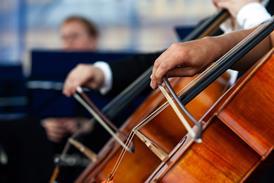






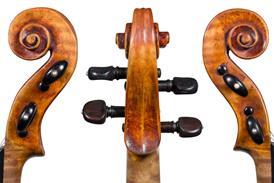
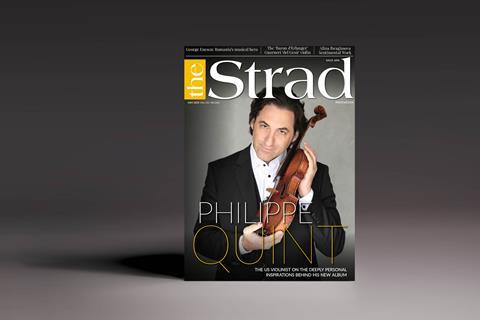









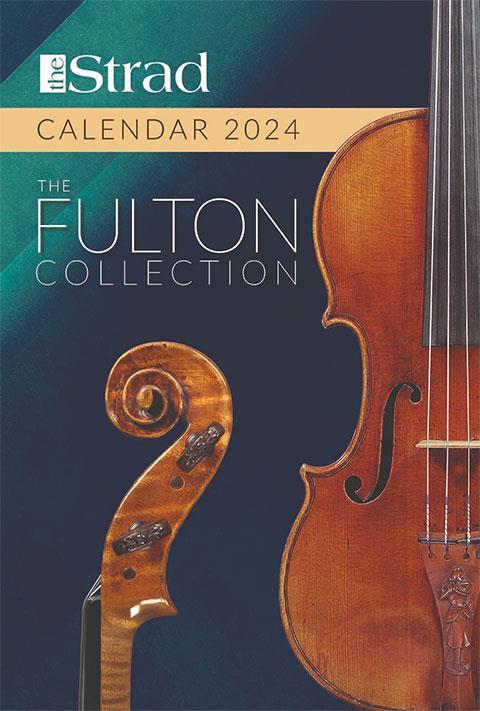












No comments yet